Bust of Apollo - The Collection - Museo Nacional del Prado

This is a male bust in white marble with a partially naked torso. His left shoulder is draped with a piece of cloth. The sculpture possesses all the characteristics of an Apollo from the 17th century or the first decades of the 18th century.
This is a male bust in white marble with a partially naked torso. His left shoulder is draped with a piece of cloth. The sculpture possesses all the characteristics of an Apollo from the 17th century or the first decades of the 18th century. It was probably intended to decorate a garden and perhaps to be accompanied by muses or other gods. This work suffered the loss of the nose, which was subsequently reconstructed. Its status as an outdoor sculpture can be deduced from the rough treatment of the surfaces, the anatomy of the chest and the folds, as well as the rough cut of the contours.
The most interesting aspect of this work is that it is a replica of Head of an Angel (Museum für Kunst und Gewerbe in Hamburg, inv. 1976.86) made by the sculptor Alessandro Algardi as part of the terracotta models he made for the marble group Saint Philip Neri with an Angel for the sacristy of Saint Mary in Vallicella in Rome. The Prado’s sculpture, which has the addition of an Apollonian bust, is neither a work by Algardi nor by his workshop because it does not possess the necessary technical characteristics. Although it is not an excellent work in terms of quality, it is, firstly, an attestation of the value of the angel figures attached to the statue of Saint Philip Neri. Secondly, it is the only known replica in marble.
It is obvious that the Algardi model from Hamburg – as well as another example documented in the Parisian collection of Count Horace de Choiseul, which has a more oblique gaze (now unable to be located) – circulated widely and independently from the fate of Saint Philip Neri’s statue, given that several bronze versions exist (Musei Civici in Ferrara and the Cesi Chapel of Santa Prassede in Rome). The evident classicising character of the Choiseul and Hamburg terracotta warriors, as well as their Apollonian expression, have given rise to another interpretation of their iconography in a profane sense. Montagu (1985, p. 382) inferred a connection between the Angel’s earthenware models and one found in the famous Florentine factory of Doccia, described in the late 18th-century inventory as un busto rappresentante Apollo. Di Langardi. L’originale si trova in Venezia in terracotta. Since there are no records that Algardi made a bust of Apollo, Montagu brilliantly deduces that it is a copy of one of the clay heads, probably the one in Hamburg. This hypothesis is also supported by the fact that the terracotta sculpture now in Hamburg was listed as a ‘Head of Apollo’ in the sale of Alexander Loeser’s collection in 1974, which fuelled the possible confusion.
It is worth noting the coincidence between the description of the sculpture recorded in the inventory in the Doccia factory and the sculpture in the Prado, both with the inclusion of a bust of Apollo in his attire, present in these imitations of the Algardi angel’s head. There was possibly a ‘posthumous’ work, so to speak, which preserved the memory of Algardi’s oeuvre in his angelic head. Nevertheless, an Apollonian bust was added to complete it in some way and further its appreciation, both in the immediate circle of Algardi’s pupils and later extending beyond the master’s workshop.
As it is well known, when considering Algardi’s style at the court of the late Habsburgs, the refined sculptor Giovanni Battista Morelli immediately comes to mind. He is the most representative artist of this artistic culture in the Iberian Peninsula from at least 1657 onwards. The lack of quality in the execution does not indicate that the bust of Apollo in the Prado might be a work by Morelli. However, if the Apollo had been envisaged and executed in Spain, it would be reasonable to think that a model by Algardi – or a copy of it – was kept in Madrid. If so, who could have brought the model to Spain? Morelli would undoubtedly be considered a strong potential connection.
From a purely stylistic and formal point of view, the Apollo appears to be a sculpture made in Spain. This fact would be interesting to reflect on the circulation of Algardi’s models outside Italy, as well as of their replicas and the variants and deriving works of the latter. What is certain is that the Prado bust preserves – probably voluntarily – the memory of a creative idea by Algardi.

Collection - Museo Nacional del Prado
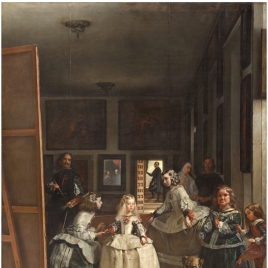
Collection - Museo Nacional del Prado
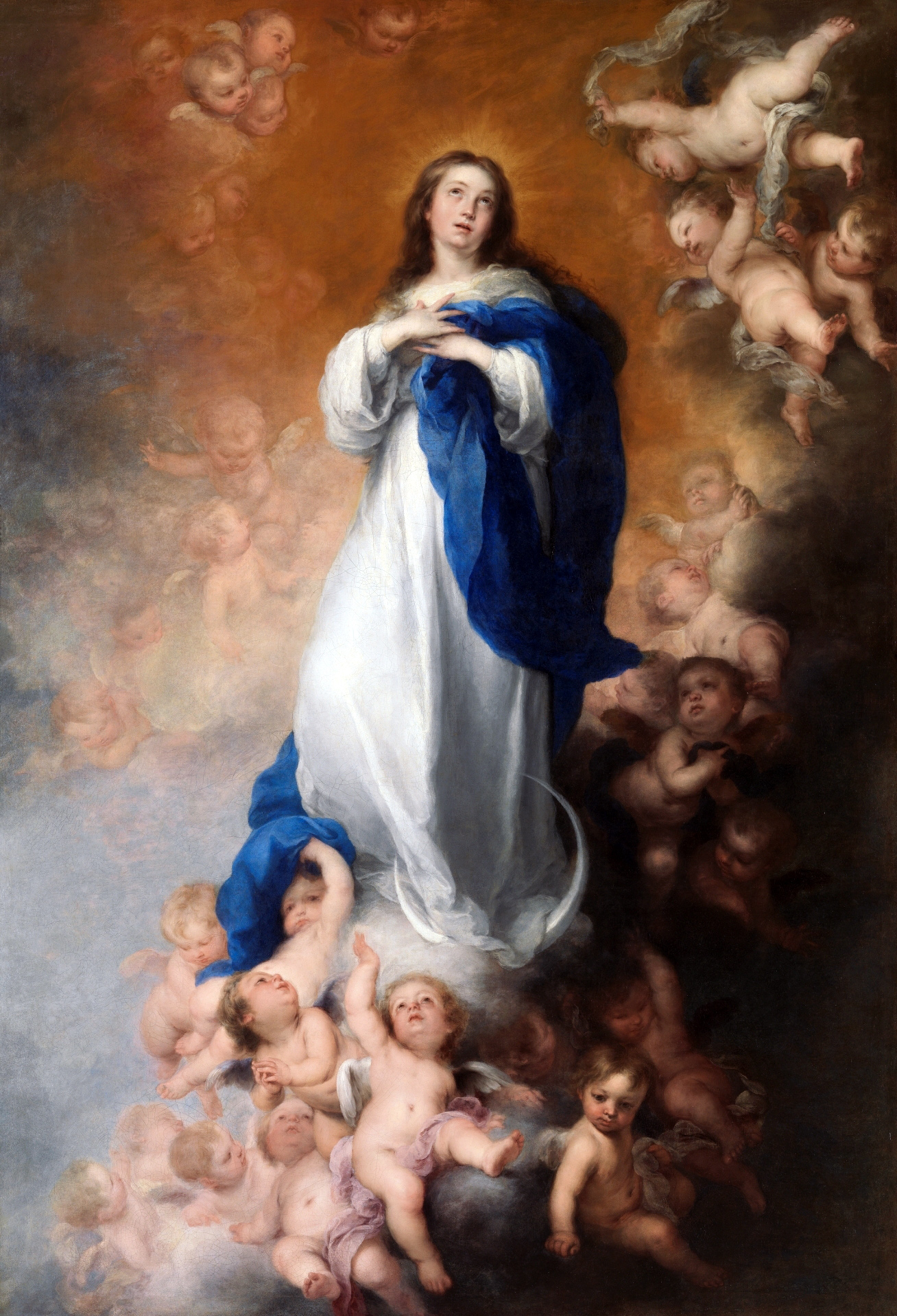
Smarthistory – Bartolomé Esteban Murillo, The Immaculate Conception of Los Venerables

Collection - Museo Nacional del Prado

Explore Prado: Masterpieces in the Museum Collection

5,207 Prado Galleries Stock Photos, High-Res Pictures, and Images - Getty Images
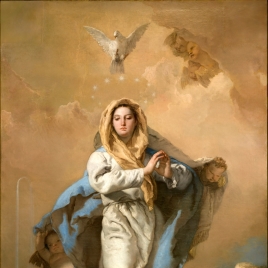
Collection - Museo Nacional del Prado
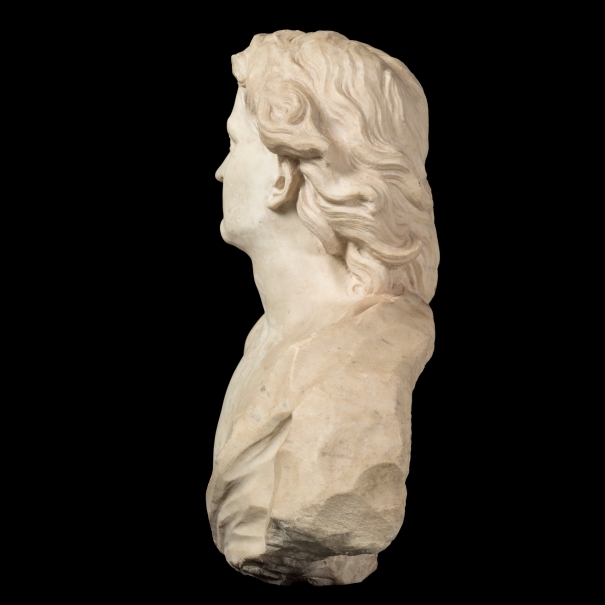
Bust of Apollo - The Collection - Museo Nacional del Prado

Apolo en el Prado - Museo Nacional del Prado
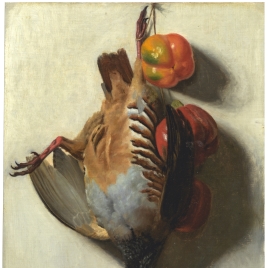
Explore the collection > painting - Museo Nacional del Prado
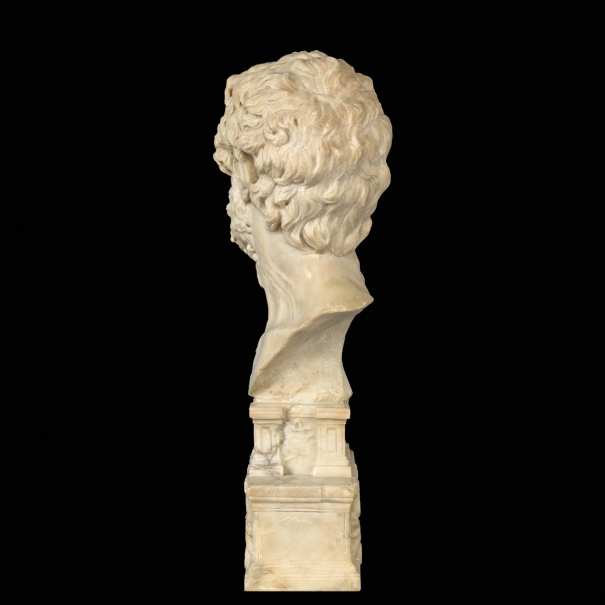
Seneca - The Collection - Museo Nacional del Prado

Head of a God or Poet – Art Blart _ art and cultural memory archive

133 Museo Del Prado David Stock Photos, High-Res Pictures, and Images - Getty Images
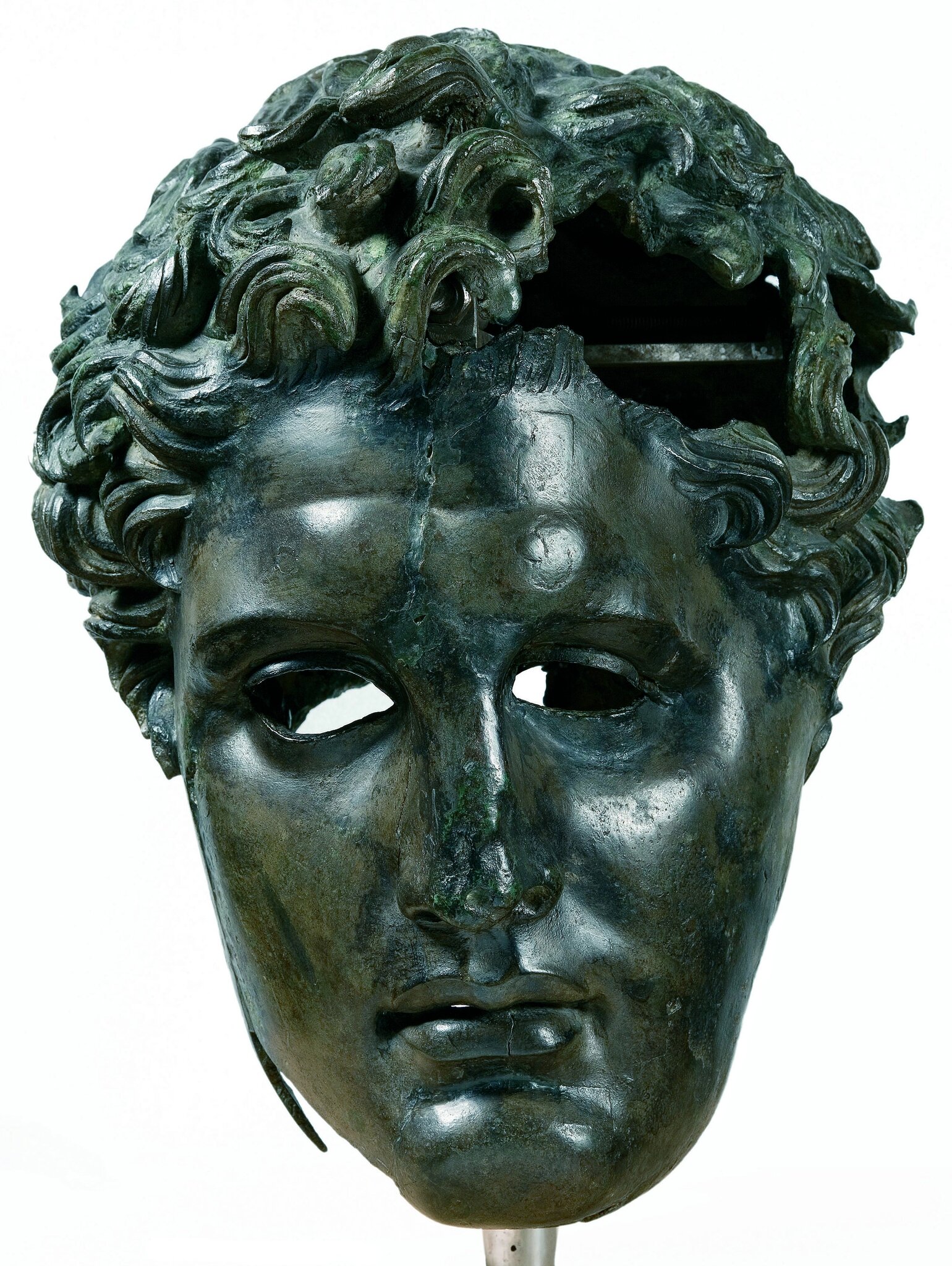
Power and Pathos: Bronze Sculpture of the Hellenistic World' opens at Palazzo Strozzi - Alain.R.Truong

133 Museo Del Prado David Stock Photos, High-Res Pictures, and Images - Getty Images